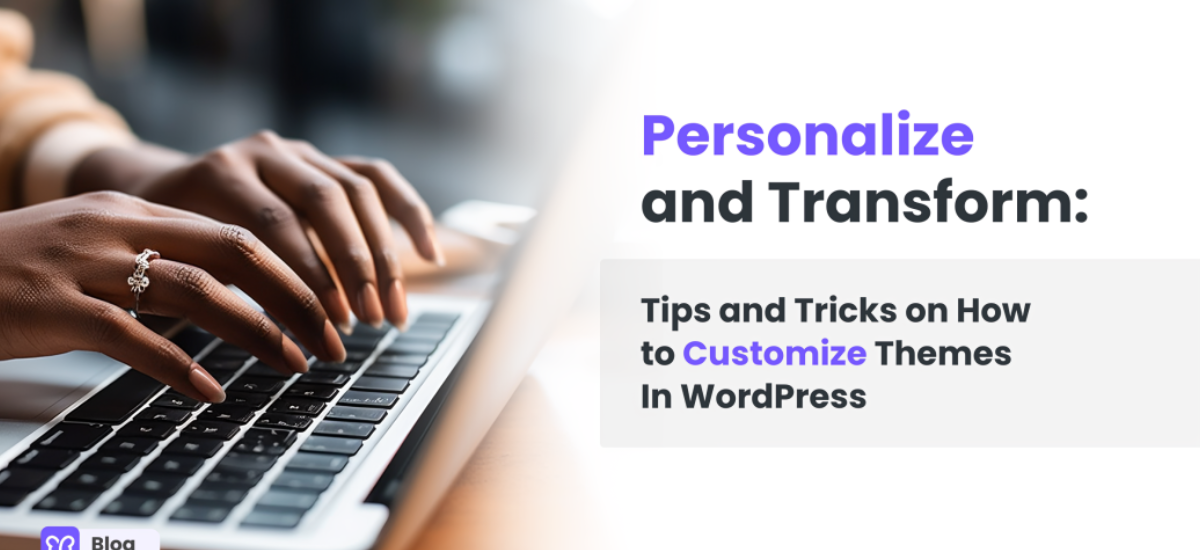In today’s digital landscape, crafting a unique online presence is crucial for businesses striving to stand out. One effective way to achieve this is through meticulous theme customization. Whether you’re a seasoned developer or just dipping your toes into web design, mastering this art can elevate your website’s appeal and functionality significantly.
Step 1: Understand Your Platform
Before diving into customization, acquaint yourself with the platform your website operates on. Whether it’s WordPress, Shopify, or another CMS (Content Management System), each has its nuances and tools for theme modification. Familiarizing yourself with these will streamline your customization process.
Step 2: Define Your Goals
Begin with a clear vision of what you aim to achieve. Are you enhancing aesthetics, improving user experience, or adding specific functionalities? Outline these objectives to guide your customization efforts effectively.
Step 3: Choose the Right Theme
Select a theme that aligns with your brand identity and functional requirements. Opt for a responsive design that adapts seamlessly across devices, ensuring a consistent user experience. Themes with robust customization options provide greater flexibility in achieving your desired look and feel.
Step 4: Customize Design Elements
Start by adjusting fundamental design elements such as color schemes, typography, and layout. Ensure visual harmony by maintaining a balance between aesthetics and usability. Use custom CSS for precise modifications beyond the theme’s built-in settings.
Step 5: Enhance Functionality
Explore plugins or extensions that complement your customization goals. These can add features like contact forms, galleries, or e-commerce capabilities, depending on your website’s purpose. Integrate these seamlessly into your theme for a cohesive user experience.
Step 6: Test and Iterate
Thoroughly test your customized theme across various browsers and devices to ensure optimal performance and responsiveness. Solicit feedback from users or colleagues to identify any usability issues or aesthetic preferences that may need adjustment.
Step 7: Backup and Launch
Once satisfied with your customizations, create a backup of your current theme configuration. This precautionary measure prevents data loss in case of unforeseen issues during deployment. Finally, launch your customized theme and monitor its performance closely.
Conclusion
Mastering theme customization requires a blend of creativity, technical proficiency, and strategic planning. By following these steps diligently, you can transform a standard website into a dynamic digital asset that captivates and engages visitors. Embrace the iterative nature of customization, continually refining your design based on user feedback and evolving trends. With persistence and attention to detail, your website on Fast Solutions Developer will not only meet but exceed expectations, setting a new standard in online presence.
For more insights on optimizing your website’s performance and design, stay tuned to Fast Solutions Developer’s blog for future updates and expert tips.
Remember, your website’s theme is more than just a visual representation—it’s a reflection of your brand’s identity and commitment to excellence in digital experience.
Get start today! Sign up for a free trial and enjoy your first month for just $1 here. By embracing advanced Shopify scripting, you pave the way for a more agile and responsive online store, capable of adapting swiftly to market demands and customer expectations.





